|
The production and advertisement of low-fat food products has skyrocketed in the past few decades - likely due to the research that came out 40 years ago which supposedly linked fat to heart disease. New research has surfaced that challenges this long-held belief, revealing that fat has a "null" effect (not bad, not good) on heart disease risk.(1) Another theme in "food media" these days is buying local, organic, and natural. These terms can carry many meanings which means they can be confusing, too. But with the resurfacing of the Paleo diet and its followers, fuel has been added to the proverbial fire. The premise is that eating foods that are minimally processed (if at all) is more beneficial for our bodies, avoiding the preservatives and other chemicals added to foods for shelf life and appearance that our body doesn't recognize. I want to arm you with some knowledge about low fat foods, so when confronted with the aisles of options at the grocery store, you feel equipped to make the decision that is right for you.
What Does "Low-Fat" Mean? The FDA has approved a number of claims concerning fat content of food which allows manufacturers to display certain messages such as "light" and "low fat" on their packaging.(2) Here's a summary of what they mean:
Category A: Choose Low-Fat Options When milk manufacturers make reduced fat and skim milk, they don't replace the fat with other fillers. This is why whole milk and skim milk taste different (heck they look different!) They take the full-fat milk from the cow, and they spin it fast to separate the fat globs and the rest of the milk. Then they can remove a little or a lot of the fat globs and you are left with a certain percent-fat milk. Dairy products are made from milk. That means yogurt, cheese, cream cheese, and sour cream, too. So choosing a 0% or 2% Chobani yogurt is OK - especially because their ingredient is spectacular(ly short). And while the fat in these products packs an energy punch (9 calories per gram), you typically only use these foods in small amounts - a cup of yogurt, a dollop of sour cream, a glass of milk. So you get a few more calories, but you also get the fat-dependent nutrients that your body needs to function at its best. Scroll to check out the ingredient labels of some low-fat and reduced-fat dairy products. Pause at the fat-free ones though and see how different (and not so good) those ingredients look. One of the reasons fat-free cheese and sour cream don't taste so great is that they are meant to have a certain texture. That thick creamy texture is achieved with fat - but if there is no fat at all, they have to add in some of those not-so-great ingredients to try to trick you. So, these are a pseudo-category - reduced-fat, low-fat, and light dairy products typically still have OK ingredient lists - but beware of fat-free. Side note: Meat, poultry, and fish are also products that contain animal fat, like dairy. However, their labeling is different - they don't have "low fat, fat free, reduced fat" etc. claims. But what you will want to look for is:
Category B: Choose Full-Fat Options. Myth: Fat-free and low-fat foods have fewer calories. If you're looking to buy graham crackers for a yummy smores night with your kiddos, you may find yourself quarreling within between the reduced fat graham crackers and the regular ones. Here's what I want you to do: (1) Turn the boxes and look at the nutrition facts. (2) What's the serving size? (3) What's the grams of fat per serving size? (4) What's the calories per serving size? Whoa - did the answer to number (4) surprise you?! MORE CALORIES! That's why I think it's important to talk about the fat-free fads. Many people buy fat-free foods (or low-fat) thinking "It's less calories, and better for me!" or even "It's less calories...so I can eat more of it!" Unfortunately they are often the same amount of calories, and instead of having the fat, they are stuffed with chemicals and sugars that make your tongue feel like it is eating fat (or at least that's the manufacturers goal - most of us can tell the difference between real-fat and low-fat). Fact: Fat-free and low-fat foods have the same calories, with worse ingredients.
Foods to choose the full-fat options: This category in itself falls into 2 subcategories: foods that are primarily fat, and foods that are not. Always pick the regular option - Real mayonnaise, regular salad dressings, regular margarine and butter. And for the chips, crackers cookies, and other grain-based products, go ahead with the regular graham crackers! You'll be passing up on artificial preservatives and flavorings, which I promise your body won't miss.
Do you feel overwhelmed at the grocery store? Pressured by the media voices in your head to choose the low fat option but unsure what that means? Did this article help? -Bailey References:
(1) Chowdhury R, et al. Association of dietary, circulating, and supplemental fatty acids with coronary risk: a systematic review and meta-analysis. Ann Intern Med. 2014;160(6):398-406. (2) Guidance for Industry: A Food Labeling Guide. 9. Appendix A: Definitions of Nutrient Content Claims. http://www.fda.gov/food/guidanceregulation/guidancedocumentsregulatoryinformation/labelingnutrition/ucm064911.htm
0 Comments
Your comment will be posted after it is approved.
Leave a Reply. |
a blog about health, wellness, nutrition, and fitness from an epidemiologist / dietitian with personal trainer experience
Stay up to date on productivity tips and active learning techniques
Like what you read?
categories
All
|
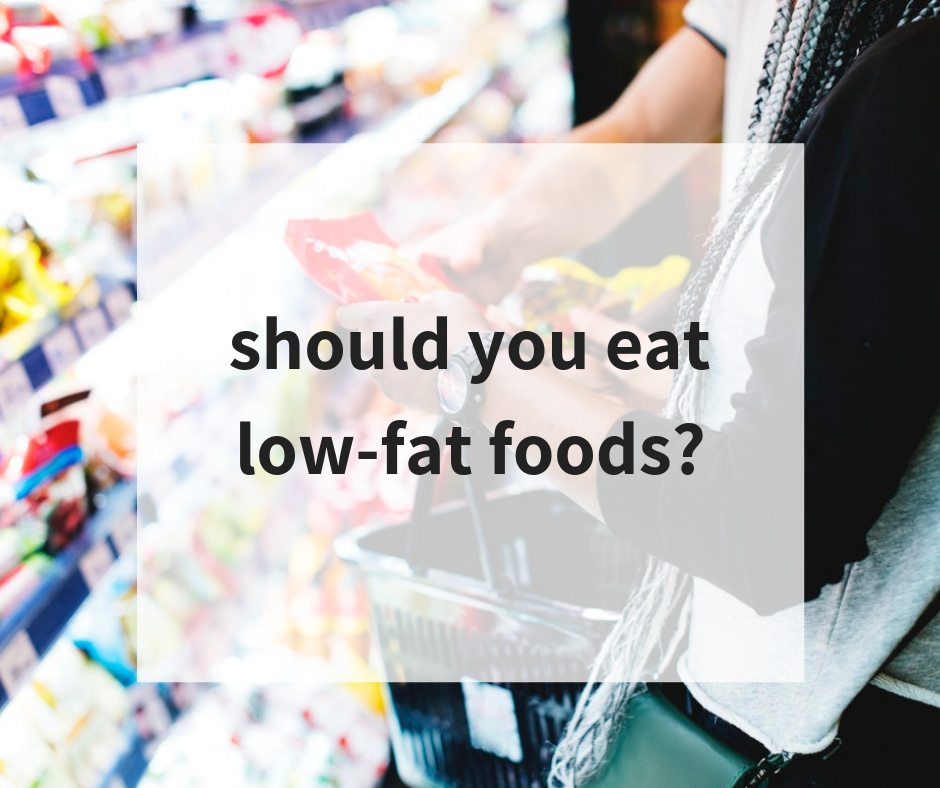
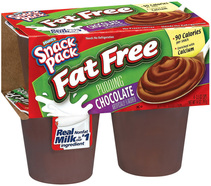
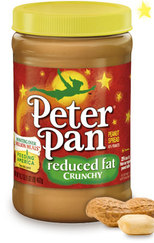
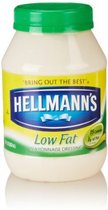
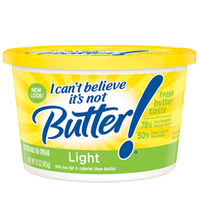
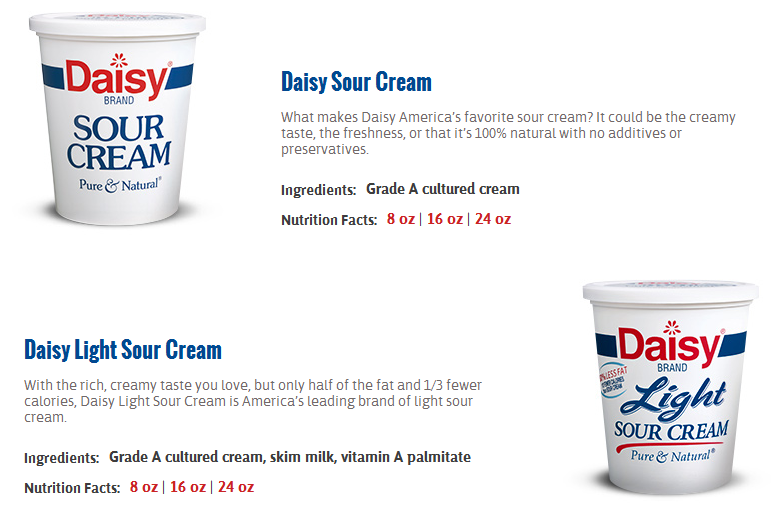
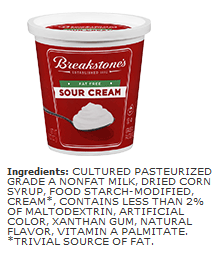
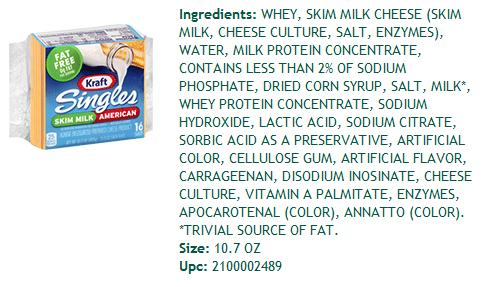
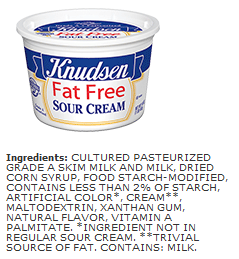
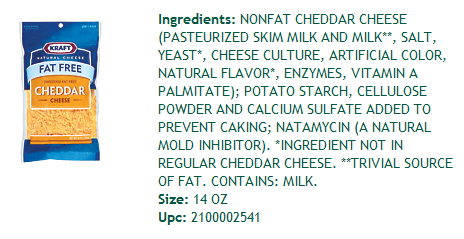
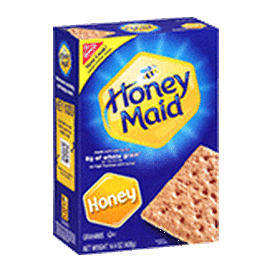
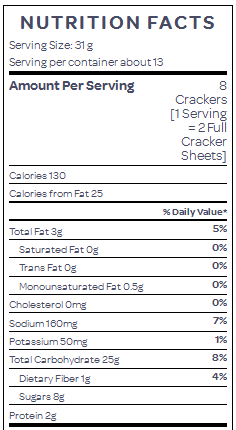
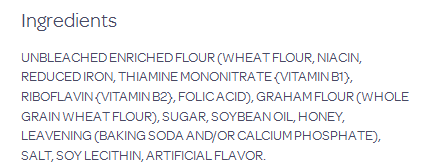
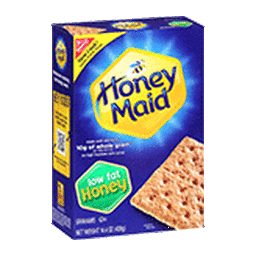
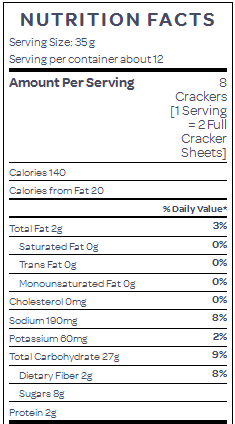
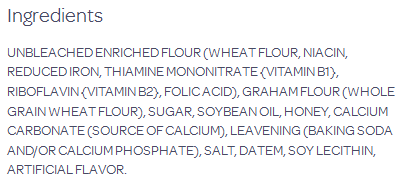
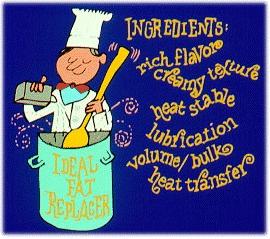
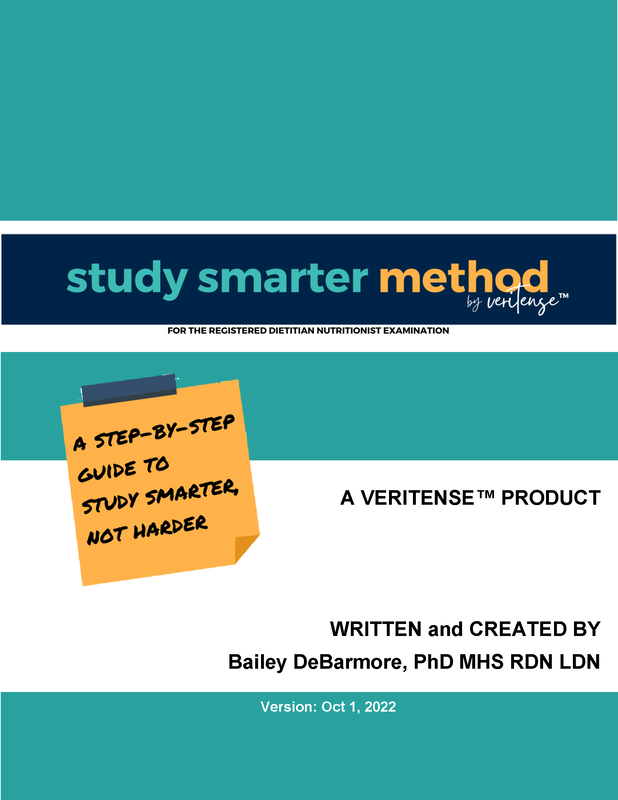

_250px.png)



 RSS Feed
RSS Feed
